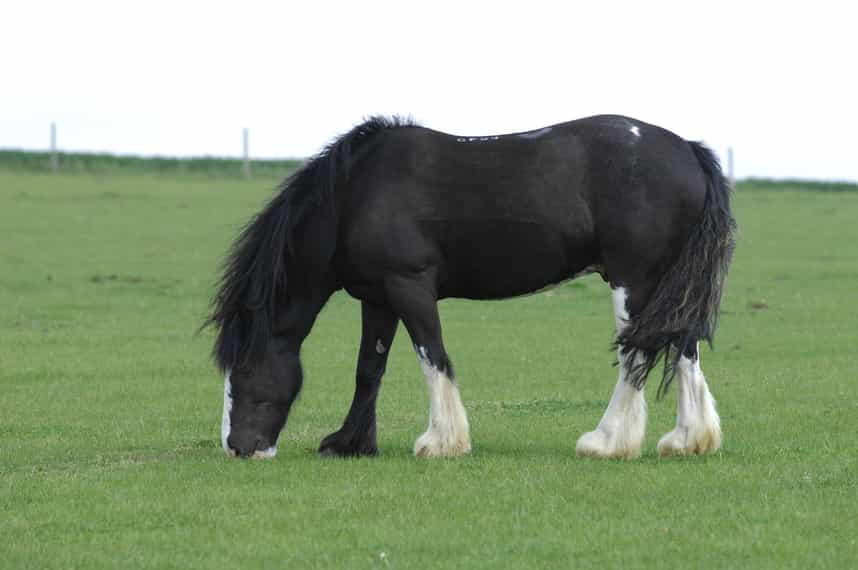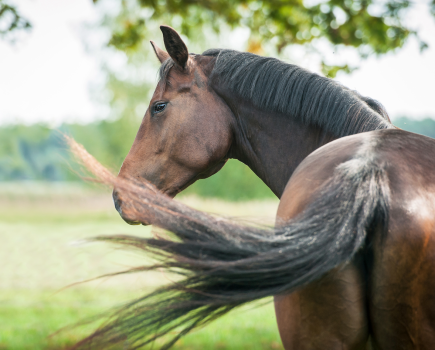Thinking of buying a cob? Take a look at our advice first to help you make the right decision.
Cobs really are the ultimate fun horse. At one level, a top-class show cob can get you to the Horse of the Year Show, while on another, an all-rounder can take you show jumping or round a cross-country course and be a real all-round family friend.
The correct conformation for a cob
Generally speaking, cobs are a type rather than a breed, although the Welsh Section D is often referred to as the Welsh Cob and is a native breed.
To make it even more confusing, a cob may have known breeding or his lineage may be unrecorded.
Cob types are traditionally between 14.2hh and 15.2hh. Their smaller size and inherent hardiness make them cheaper to keep and, if they’re sufficiently deep through the girth, a tall rider won’t look out of proportion.
It’s the show cob who provides the ideal blueprint of cob conformation – and even if you don’t intend to show, it’s very useful to keep these points in mind.
- Your cob should have a reasonably short back, with plenty of depth through his body to take up the rider’s leg, plus sufficient width through his chest
- He should have a leg in each corner and have good, clean, quality limbs
- He should have short cannon bones
- A show cob will have a powerful neck that’s in proportion to the rest of his body
- A ridden cob should have a good shoulder with sufficient slope to allow movement that is forward rather than up and down
- If there’s some definition to a cob’s withers, you’re on to a winner in terms of saddle fitting – but many cobs, as with some native ponies, have very little wither
The golden rules for buying a cob
- Don’t underestimate what a cob can do. If his basic conformation, movement and temperament are good, he may surprise you.
- A cob is a type rather than a breed, with the exception of the Welsh Section D, often known as the Welsh Cob.
- Many cobs have Irish Draught or heavy horse blood somewhere in their breeding.
- Cobs are slow to mature physically and may keep growing until they are seven or even older
- While most cobs have a naturally rhythmic trot, the canter can take time to develop.
- If a cob isn’t well schooled, it takes a knowledgeable eye to gauge his potential – get expert advice from someone who has trained cobs.
- If you want a showing star, remember the adage ‘a show cob should have the head of a duchess and the backside of a cook’!
Find your perfect partner on www.horsedeals.co.uk









